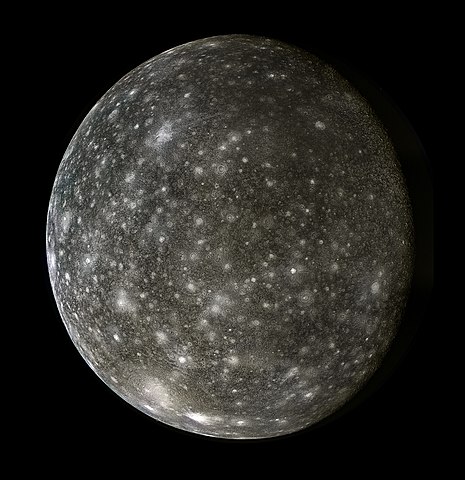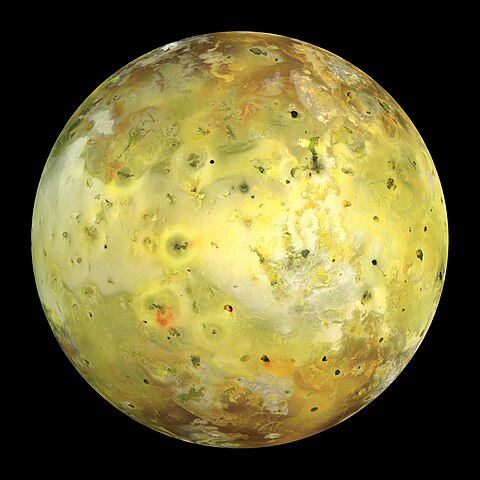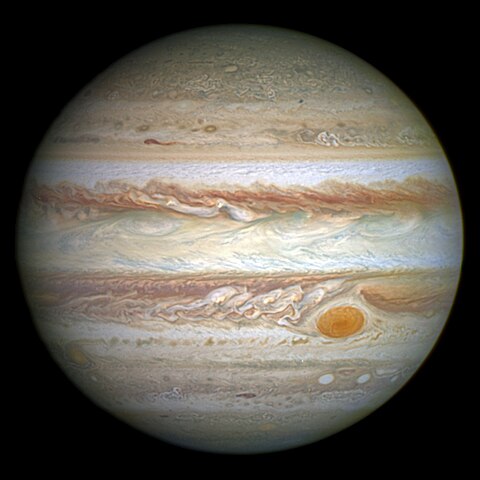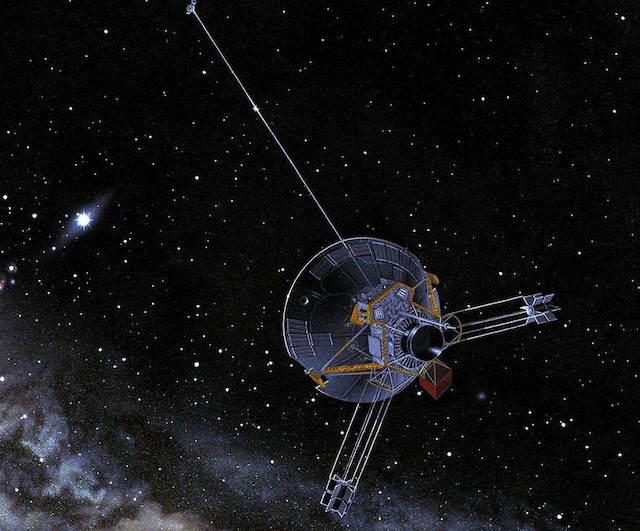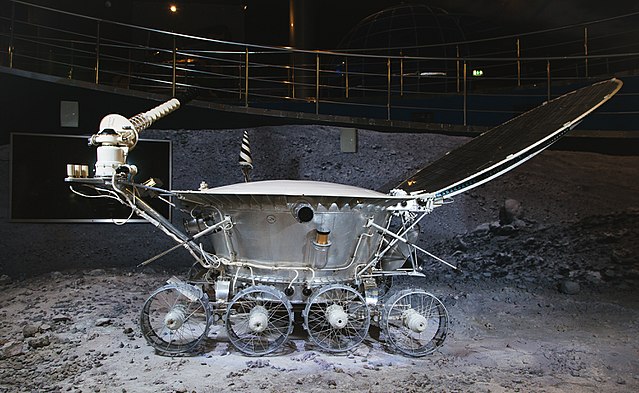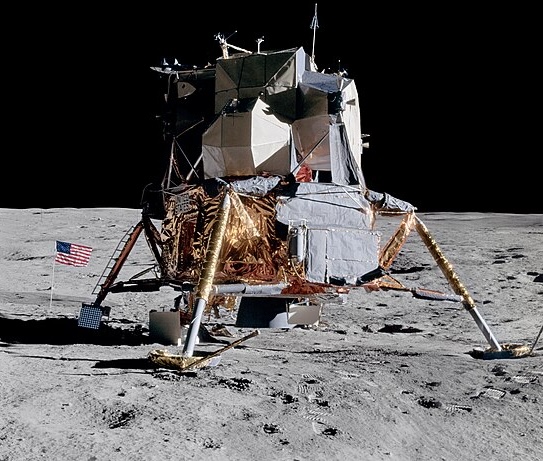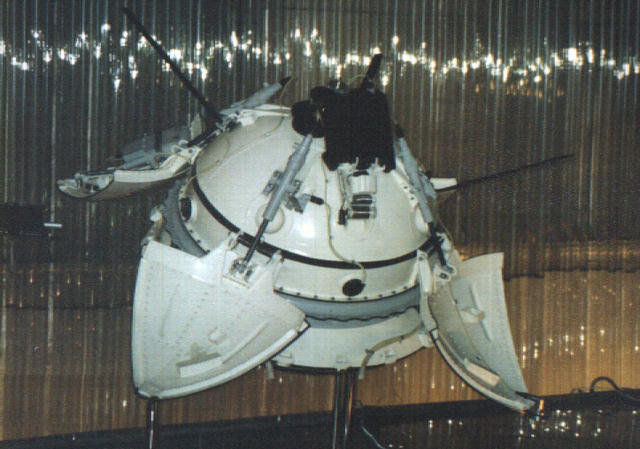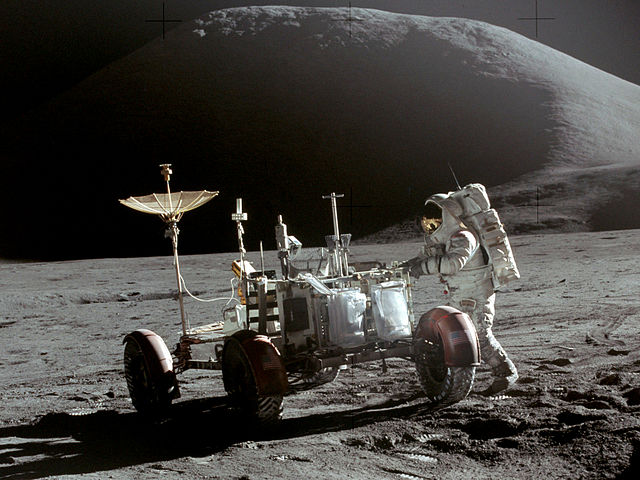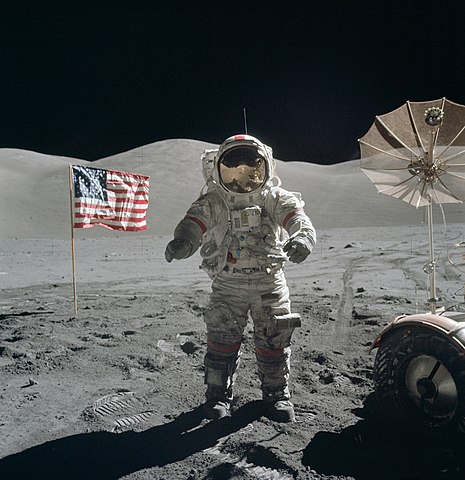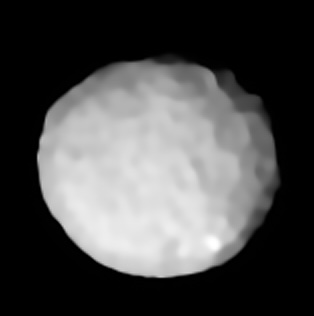1 day / second
0.5 AU
Pioneer 10
Spacecraft
An interplanetary probe launched in 1972 that became the first spacecraft to cross the asteroid belt, visit Jupiter, and leave the Solar System, sending its final signal in 2003 after traveling over 7.6 billion miles.
Key Facts
organization | NASA |
orbital regimes | Outer System Kuiper Belt |
learn more | Wikipedia |
launched | 1972-03-03 |
defunct | 2003-01-23 |
launch mass | 258 kg |
power | 155 watts |
Mission Timeline
Launched
March 3, 1972 at 01:49 UTC
Callisto
Flyby
Pioneer 10 made humanity's first close approach to Callisto on December 3, 1973, passing within 342,000 kilometers and capturing low-resolution images of the moon's heavily cratered surface.
Ganymede
Flyby
Pioneer 10 captured the first-ever close-up images of Ganymede during its historic flyby on December 3, 1973, passing within 446,250 kilometers of the Jovian moon.
Europa
Flyby
Pioneer 10 performed the first-ever flyby of Europa on December 3, 1973, capturing distant images of the icy moon from approximately 321,000 kilometers away during its historic Jupiter system encounter.
Io
Flyby
Pioneer 10 performed the first-ever flyby of Io on December 3, 1973, capturing the first close-up images of the Jovian moon from a distance of 130,000 kilometers.
Jupiter
Flyby
Pioneer 10 completed the first-ever flyby of Jupiter on December 3, 1973, passing within 132,252 kilometers of the planet's cloud tops and capturing detailed images while measuring the planet's radiation belts, magnetic field, and atmosphere.
Defunct
January 23, 2003 at 12:00 UTC
Pioneer 10 transmitted its final signal on January 23, 2003, after a groundbreaking 30-year mission that made it the first spacecraft to travel through the asteroid belt, visit Jupiter, and venture into interstellar space.
Related Spacecraft
Pioneer 11
Launched in 1973
Pioneer 11 became the second spacecraft to visit Jupiter in 1974 and the first to visit Saturn in 1979, flying within 21,000 kilometers of Saturn's cloud tops before following its sister craft Pioneer 10 out of the Solar System.

